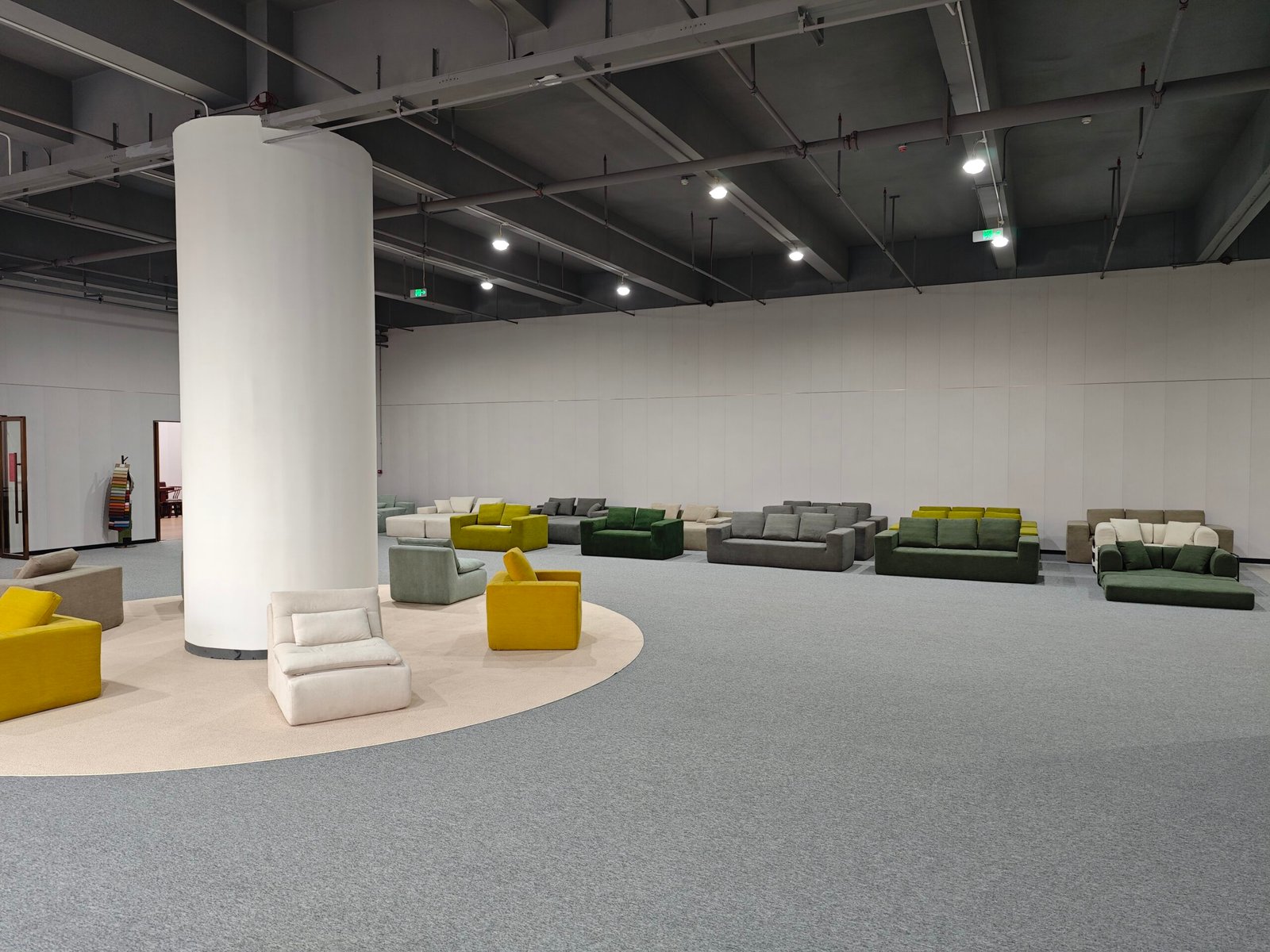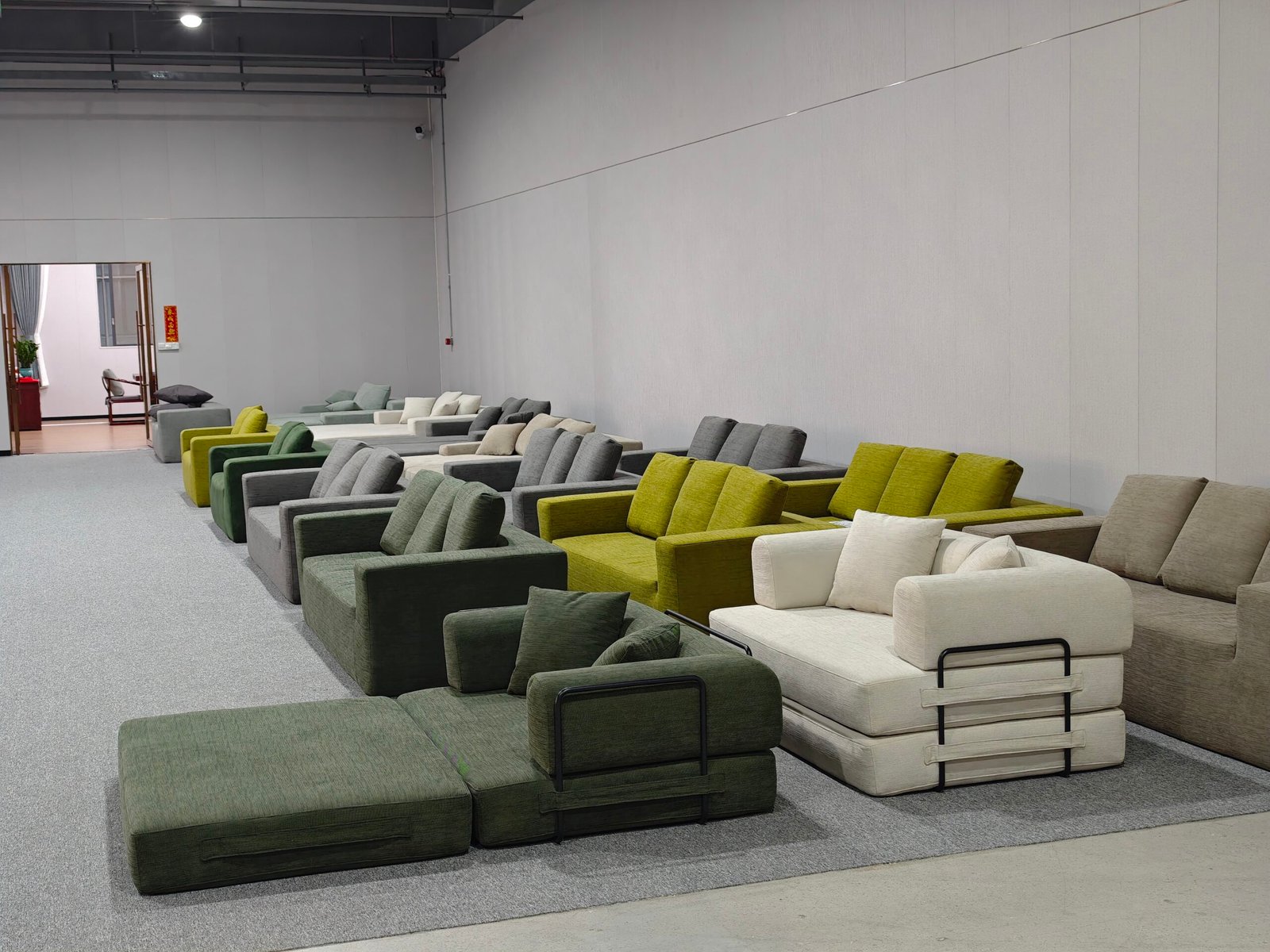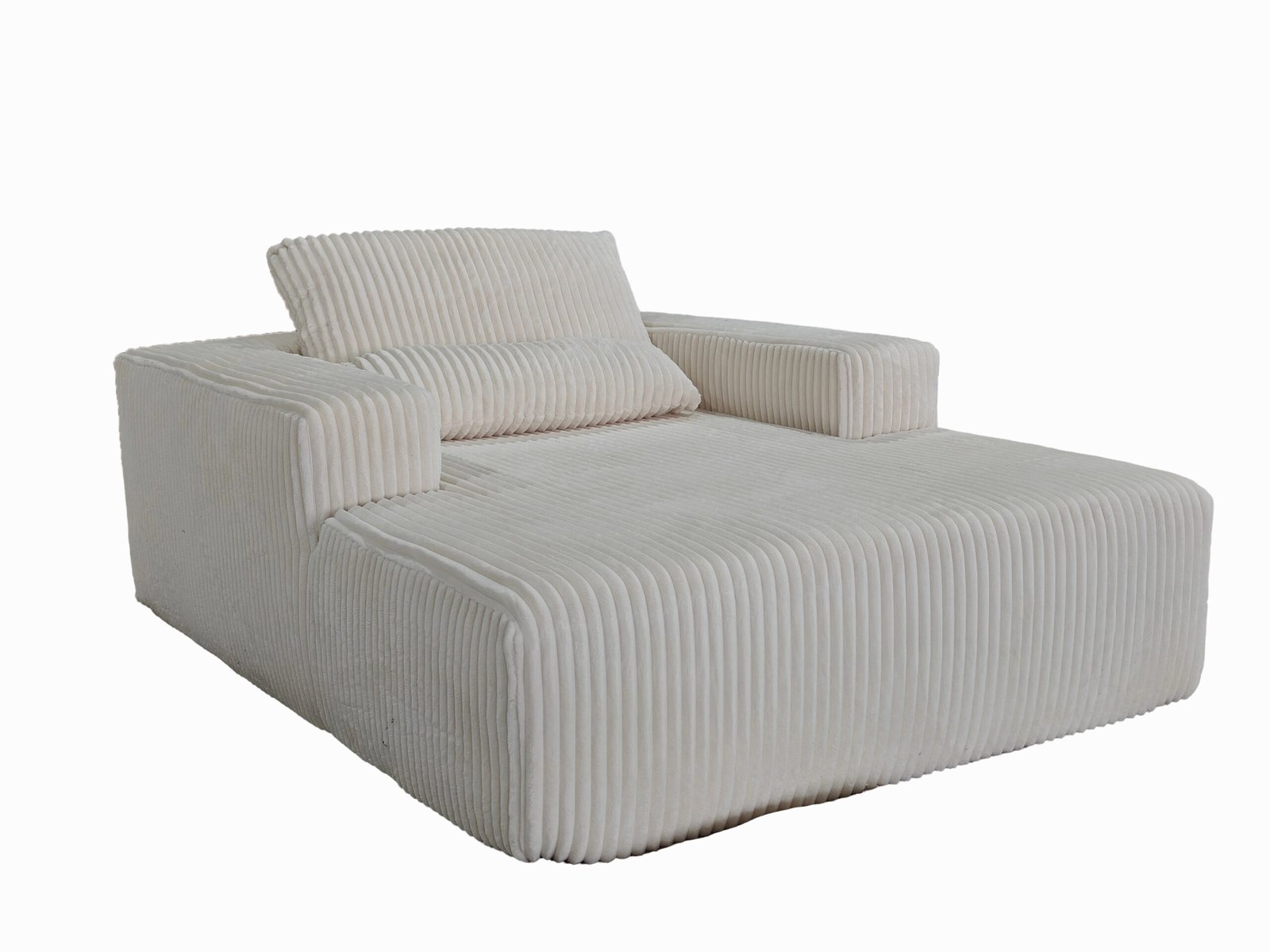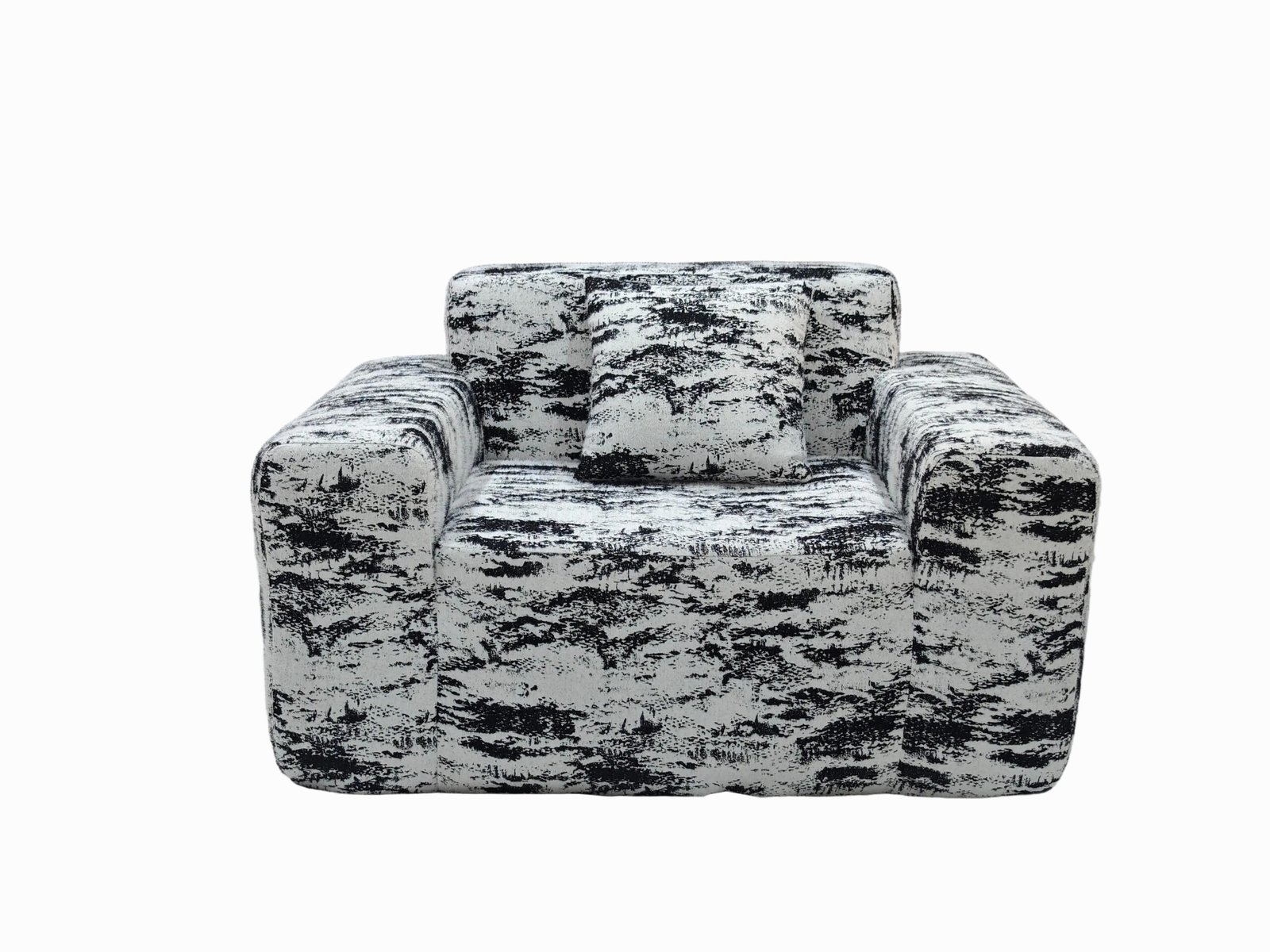
Shipping bulky sofas used to mean high costs, slow delivery, and warehouse headaches. Without technology, suppliers struggled to scale.
Technology helps compressed sofa suppliers improve manufacturing speed, reduce logistics costs, guarantee quality, support customization, and boost customer satisfaction.
From AI-driven machines to real-time shipping data, tech is reshaping every corner of sofa operations—and helping us grow faster.
How does technology change how sofas are manufactured?

Manual sofa making is slow and inconsistent. It’s hard to scale. That’s where automation comes in.
Compressed sofa suppliers use robotic arms, CNC machines, and AI systems to automate cutting, assembling, compressing, and packaging.
Examples of Smart Manufacturing
| Technology | Role in Sofa Production |
|---|---|
| CNC Cutting | Precise foam and fabric dimensions |
| Robotic Arms | Consistent frame assembly and upholstery tasks |
| Vacuum Compressors | Shrinks sofa for efficient flat-pack shipment |
| AI Scheduling | Predicts production capacity and delivery windows |
At our factory, automated foam cutters save over 30% in material waste. AI software then balances production lines based on incoming orders.
This not only speeds up production but also lowers unit cost—helping our partners stay price-competitive.
How does tech optimize the supply chain?

Without real-time visibility, stockouts or overstocking can sink your profits.
Suppliers use digital tools like ERP systems, demand forecasting AI, and real-time tracking to keep their compressed sofa supply chain lean and accurate.
Supply Chain Tools We Use
- ERP Systems: Sync production, inventory, and shipping
- Forecasting Algorithms: Analyze past sales and plan sofa output
- RFID Tags: Track individual sofa units in warehouses
- Logistics Dashboards: Visualize routes, customs, and carrier updates
We helped a client reduce their warehouse inventory from 800 to 400 units—just by trusting real-time demand data and reordering based on accurate lead times.
That’s the power of digital optimization.
How is quality controlled using modern tech?

Every return costs money. And unhappy customers hurt your brand. So quality must be reliable—even under pressure.
Technology helps ensure every sofa meets quality standards through sensors, computer vision, and predictive alerts.
What We Monitor
| Device/Tool | What It Does |
|---|---|
| IoT Sensors | Track glue cure time, foam pressure |
| HD Cameras | Scan for stitching errors or color mismatch |
| Analytics Software | Flags trends in defects before shipment |
| QR Codes | Track batch quality history through the chain |
If a sofa has 3% more compression rebound time than normal, we catch it before it leaves. These controls help keep our return rates below 1.5%.
How does technology support sofa customization?

Customers love personalized furniture—but custom builds can be slow and expensive to manage manually.
Compressed sofa suppliers now use 3D modeling, real-time fabric selection tools, and modular build systems to offer custom orders at scale.
Digital Customization in Action
- CAD Software: Designs sofa options in real-time
- Online Configurators: Buyers choose fabrics, legs, size combos
- 3D Render Previews: Show customers their sofa in their room (AR)
- Production Sync: Custom orders routed to manufacturing in minutes
One Shopify seller used our online sofa builder to offer 20+ variants from just 5 core models. Their returns dropped because buyers knew exactly what they were getting.
How is technology making customer service better?

Slow email replies and unclear shipping info lose customers fast.
Suppliers now use CRM platforms, AI chatbots, order dashboards, and real-time shipping integrations to give customers instant clarity.
Our Tech Stack for After-Sales Support
- CRM: Stores customer requests, service tickets, and resolutions
- Chatbot Assistant: Answers sofa setup and warranty questions 24/7
- Order Tracking Links: Sync with carrier updates for transparency
- Review Automation: Sends post-delivery surveys and incentives
We set up one reseller with a customer portal that shows delivery ETA, assembly guide, and warranty card—all in one place. Their support load dropped by 40%.
How is data used to make better decisions?

Guessing leads to overproduction and dead stock. Smart suppliers don’t guess—they use data.
Suppliers rely on dashboards, predictive analytics, and customer feedback loops to make smarter product and supply decisions.
What We Measure Weekly
| Metric | Why It Matters |
|---|---|
| Sofa Sell-through Rate | Tracks model performance across markets |
| Assembly Complaint Rate | Spots design flaws early |
| Forecast Accuracy | Adjusts production for seasonality |
| Return Reasons | Helps product development and QC |
When our data showed that one model was returned 2x more in cold climates, we updated the foam density—and returns dropped by 60%.
Conclusion
Technology powers every step of compressed sofa supplier operations—from factory floor to customer living room. That’s how we stay efficient, consistent, and future-ready.